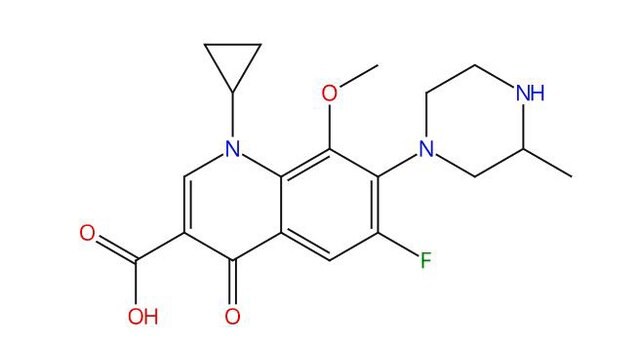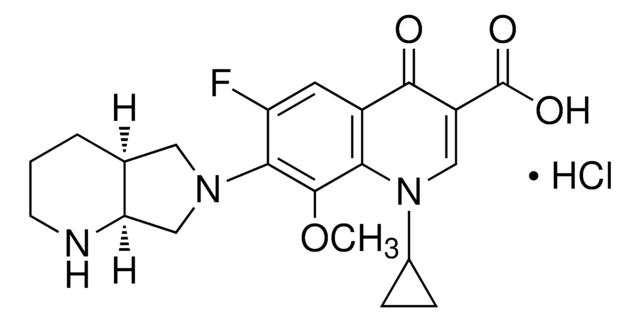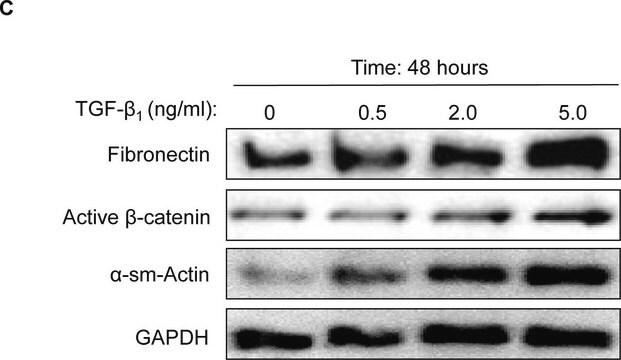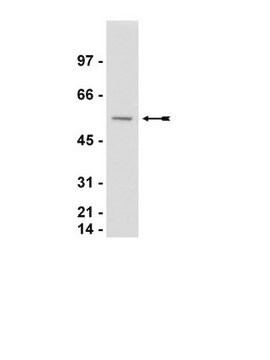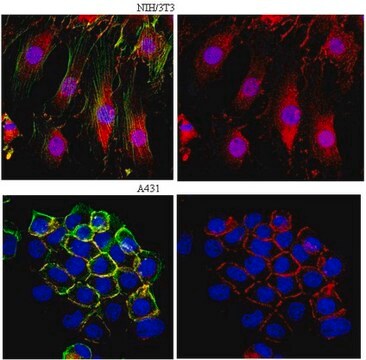PLA0230
Rabbit anti-Beta-catenin Antibody, Affinity Purified
Powered by Bethyl Laboratories, Inc.
Sinônimo(s):
88kDa, CTNNB, MRD19, armadillo, beta 1, beta 1 (88kD), beta-catenin, catenin (cadherin-associated protein)
About This Item
Produtos recomendados
fonte biológica
rabbit
Nível de qualidade
forma do anticorpo
affinity purified immunoglobulin
tipo de produto de anticorpo
primary antibodies
grau
Powered by Bethyl Laboratories, Inc.
reatividade de espécies
human, mouse
técnica(s)
ChIP: 4-30 μg
immunohistochemistry: 1:100- 1:500
immunoprecipitation (IP): 2- 5 μg/mg
western blot: 1:2,000- 1:10,000
nº de adesão
NP_001895.1
aplicação(ões)
research pathology
Condições de expedição
wet ice
temperatura de armazenamento
2-8°C
modificação pós-traducional do alvo
unmodified
Informações sobre genes
rabbit ... Beta-catenin(1499)
Imunogênio
forma física
Outras notas
Exoneração de responsabilidade
Não está encontrando o produto certo?
Experimente o nosso Ferramenta de seleção de produtos.
Código de classe de armazenamento
10 - Combustible liquids
Ponto de fulgor (°F)
Not applicable
Ponto de fulgor (°C)
Not applicable
Escolha uma das versões mais recentes:
Certificados de análise (COA)
Lamentamos, não temos COA para este produto disponíveis online no momento.
Se precisar de ajuda, entre em contato Atendimento ao cliente
Já possui este produto?
Encontre a documentação dos produtos que você adquiriu recentemente na biblioteca de documentos.
Nossa equipe de cientistas tem experiência em todas as áreas de pesquisa, incluindo Life Sciences, ciência de materiais, síntese química, cromatografia, química analítica e muitas outras.
Entre em contato com a assistência técnica